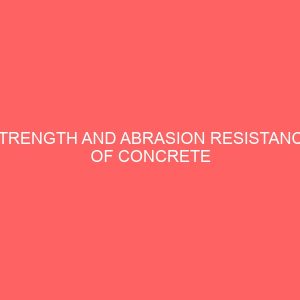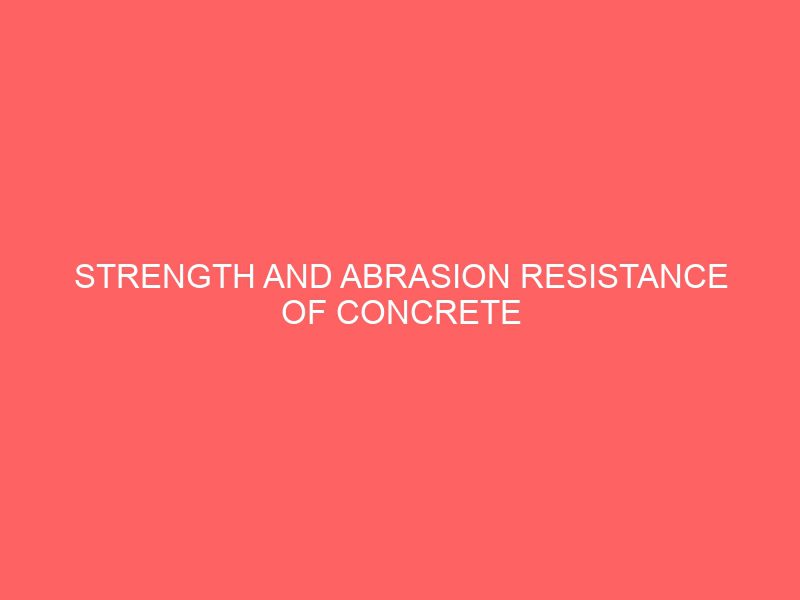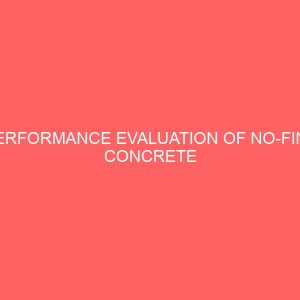Description
Abstract
The aim of this study is to investigate the suitability of using local clay pot waste powder as partial cement replacement in concrete. Waste clay port waste is also known as burnt clay or calcined clay or fired clay. They are mainly formed by silicious and aluminium compound. The concrete mix was made using 10 and 20% replacement of cement and LCPWP. Cement is replaced by waste port powder in different portion 10% and 20% respectively by weight. The chemical properties and physical properties of LCPWP and OPC were tested. Specimen cube was produced using 100mm×100mm×167mm and cured for 3, 7 and 28days and abrased using Los Angeles and a wire brush. British standard design mix was adopted. 18 cubes were cast using a water-cement ratio of 0.5 and a mixed ratio of 1: 2: 3. The control sample was cured in water along with 10 and 20% of LCPWP replacement. The cube was removed after 3, 7, and 28 days respectively. They were left on air dry for one to two hours after which they were weighed and recorded. Then, three cubes of control, 10 and 20% were abrased by mechanical test i.e wire brush and another three cube by Los-Angeles machine test to ascertain the abrasion value (%) of wear and tear respectively. Pozzolanic properties of waste clay pot powder have proved the potential use of clay port powder material to produce environmental friendly concrete.








Reviews
There are no reviews yet.